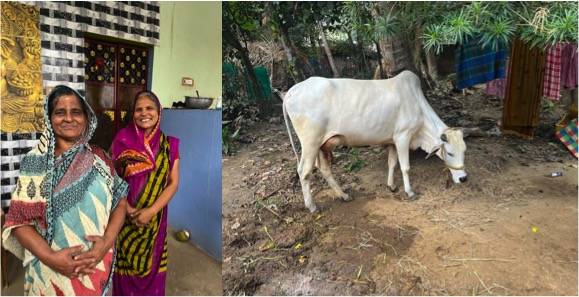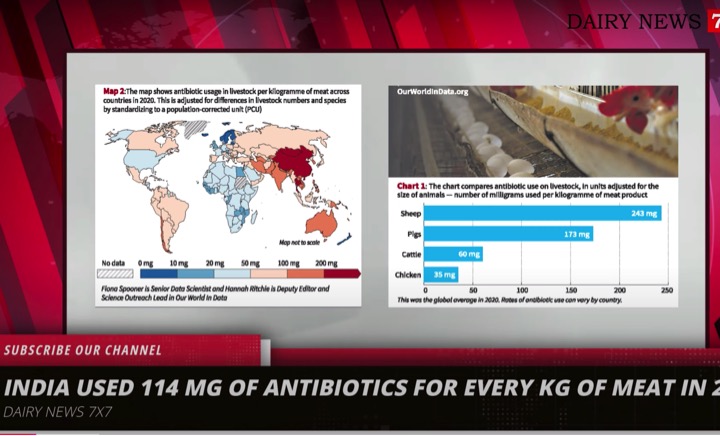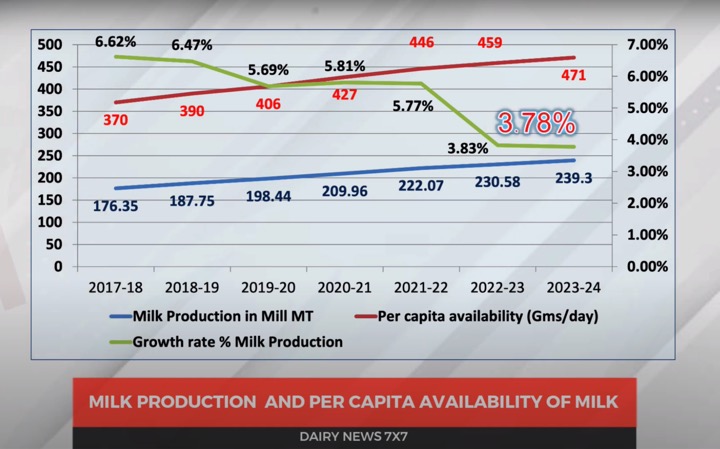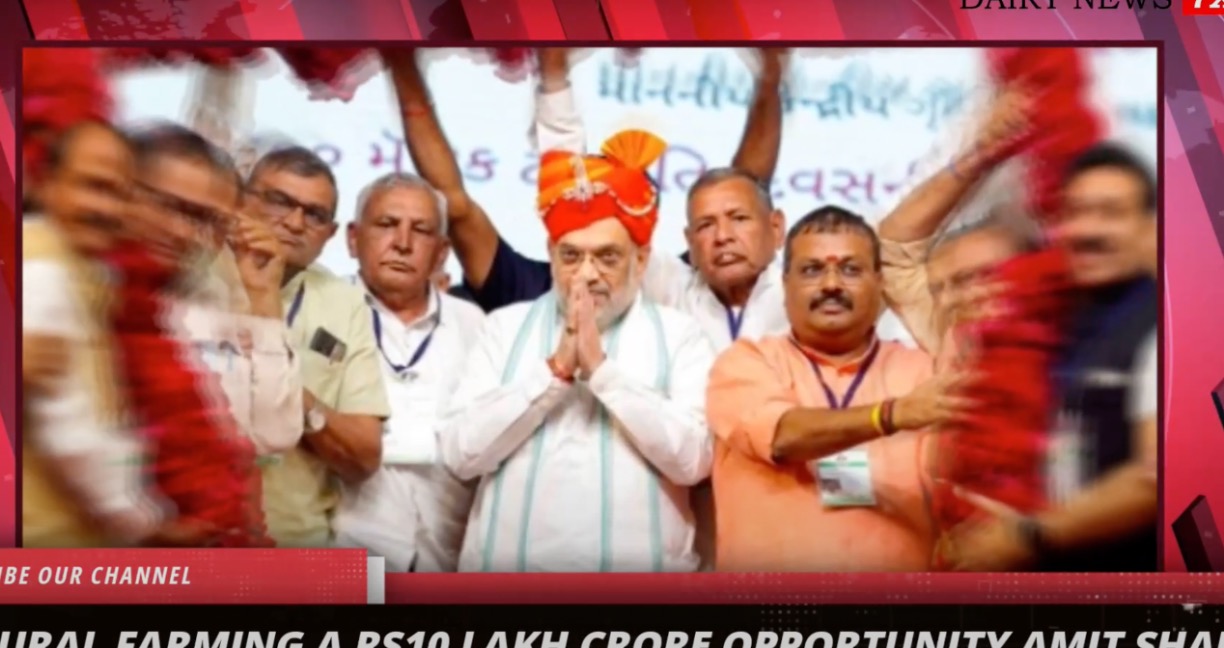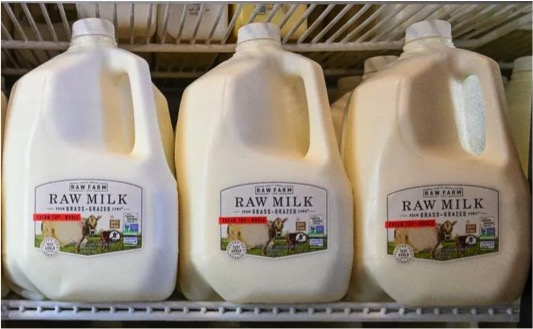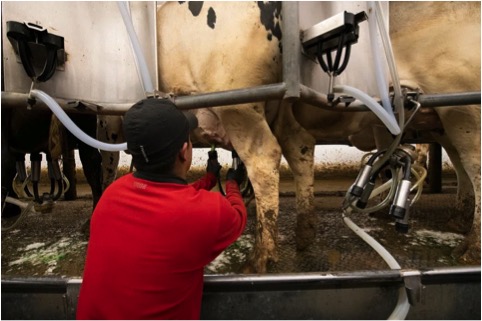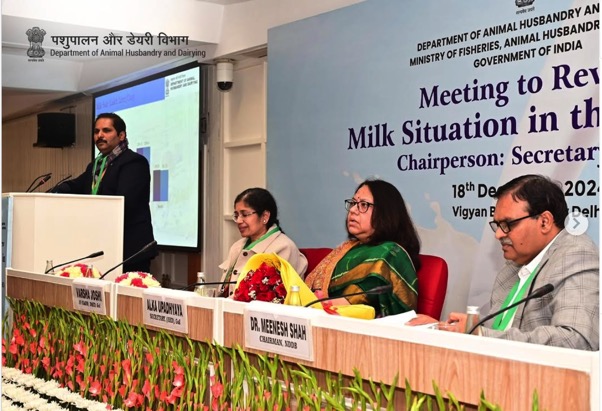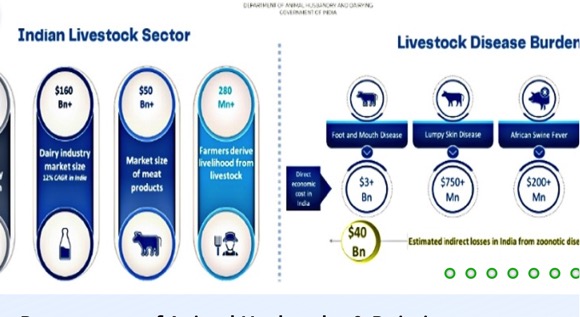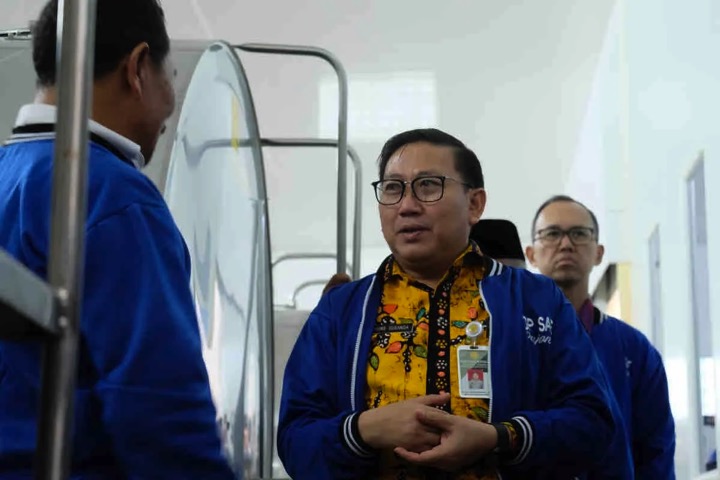Today, on February 1, 2024, our country’s budget has been announced. Given that 2024 is an election year, an interim budget has been presented, subject to review by the elected government in the latter half of the year. Recently, I came across news indicating that by December 2023, India might have only utilized 45% of the previous year’s budget for the dairy sector. This news was disheartening, and my expectations for Budget 2024-25 diminished.
Upon reading the budget speech, I discovered a reference to the dairy sector in the 54th paragraph. This section distinctly reflects the government’s commitment to the welfare of the dairy sector.
Paragraph 54
A comprehensive programme for supporting dairy farmers will be formulated. Efforts are already on to control foot and mouth disease. India is the world’s largest milk producer but with low productivity of milch-animals. The programme will be built on the success of existing schemes such Rashtriya Gokul Mission, National Livestock Mission, and Infrastructure Development Funds for dairy processing and animal husbandry.
Following this, paragraph 55 detailed government schemes for the fisheries sector with more precise announcements than dairying. However, the paragraph that particularly caught my attention was paragraph 56, introducing the concept of “Lakhpati Didi.” Notably, the Rajasthan government has recently implemented this scheme at a significant scale. Now, let’s delve into the benefits this initiative holds for economically disadvantaged women in India.
Paragraph 56
Eighty-three lakh SHGs with nine crore women are transforming rural socio-economic landscape with empowerment and self-reliance. Their success has assisted nearly one crore women to become Lakhpati Didi already. They are an inspiration to others. Their achievements will be recognized through honouring them. Buoyed by the success, it has been decided to enhance the target for Lakhpati Didi from 2 crore to 3 crore.
Women farmers constitute the backbone of Indian agriculture and related sectors like dairying. Unlike most males, for whom dairy is not a full-time vocation, women play a crucial role. According to the NCUI report in 2018, approximately one-third of the total members in state-level dairy cooperative societies were women. In the NDDB annual report 2022-23, among the 22 next-generation milk producer organizations developed by NDDB dairy services, 15 were women cooperatives, boasting a commendable 71% women farmer membership.
While this is a noteworthy achievement, the low baseline of membership in these organization does not significantly alter the landscape of the disproportionately lower representation of women farmers in dairy cooperatives. The equity for women in this sector still falls far short of the hard work and dedication they contribute.
The challenges with a women dairy farmer were portrayed by me in one of my blog on the story of Laxmi ..Pl read it here I am Laxmi a woman dairy farmer from India and I need money in my hand
The poor women
As per a Harvard study in 2016, Women in India accounted for 36% of global female suicide deaths in 2016, despite making up less than 18% of the world’s female population. We always talk about farmer’s suicide but what we miss is the state of the family which he leaves behind. Mahila Kisan Adhikaar Manch (MAKAAM) prepared a fact sheet in this regard. It referred to official data of National Crime Records Bureau (NCRB). The data revealed that about 3.82 lakh farm suicides have taken place in India between 1995 and 2021. With 87% of these being men it means that more than 3.2 lakh women in these households have been suddenly left to fend for themselves, and manage the home and the farm.
These official numbers are of course quite under-reported and conveniently-manipulated, compared to what might be the real situation out there. But for those who have been left behind, the struggle for survival and dignity continues..
Surviving stigma and debt:
Those left behind face stigma and debt, with the woman farmer often blamed for the spouse’s suicide. Alongside personal loss, she grapples with financial liabilities and outstanding loans.
Poor social security support:
Women in these households report delays in receiving ex-gratia payments, widow pensions, food security benefits, and support for children’s education and healthcare, highlighting inadequate state assistance.
Violence and sexual harassment:
Women consistently face sexual harassment and violence when accessing welfare benefits or claiming property rights.
Denial of land rights:
The slow transfer of land titles to widows, especially those without a male heir, is a significant issue. Families resist, and the state’s lack of proactivity hinders the transfer, leaving women unable to support themselves.
Continuing unsustainable farming:
Many of these women work as wage laborers, unable to continue farming due to the absence of land in their names. The family persists with an unsustainable farming paradigm without state support.
NRLM monitoring
According to the latest monitoring report on Lakhpati Didi on the NRLM website, 90% of the 91 million household incomes were studied, and approximately 83% of them fell below an average salary of Rs 1 lakh. This implies a substantial population associated with around 70 million households earning below Rs 1 lakh per annum. The government is commendably monitoring this group closely.
However, it is perplexing why the government is not addressing the primary issues faced by women farmers in rural India, as highlighted earlier.
Inclusion the way forward for Lakhpati didi
I have few recommendations for the policy makers to address the above mentioned problems through inclusion. In the absence of such provisions the existing Lakhpati didi might lose their lakhpati status .
- There may be a provision for waiving off the outstanding loan in case of death of a farmer.
- The poor widow may get priority in getting linked to various schemes and a single window service may be provided to them for mainstreaming.
- There may be suitable amendments in law for transferring the husband’s land title to the widow. In the Indian scenario women do not have rights on husband’s property. This way the heir from the joint families always create impediments in getting the property transferred. In most of the cases it leads to illegal land grabbing.
- Widows belonging to landless status may be enrolled with MGNREGA and the civil society must ensure their well being.
The moment of truth- Something for Lakhpati Dadis too
Recently I interacted with a 62-year-young woman farmer. I learned about her struggle to secure a cattle-loan from banks, despite being the one responsible for all-cattle-rearing at home. To augment the family income, she wishes to purchase cattle. The bank showed its inability to process her loan application at this age. The old woman didn’t want to depend upon her kids and thus wanted to get this loan to expand her herd strength. It would be beneficial if the government introduces gender-specific interventions to ease lending norms for such cases.
While I appreciate the government’s narrative on Lakhpati Didi, I find it challenging to envision a clear path forward. Addressing visible challenges faced by women farmers could potentially help more individuals cross the Rs 1 lakh income threshold, rather than focusing on futuristic ideas like manufacturing drones through SHGs . Such ideas may seem less plausible in the current context.
The situation really reminded me of a quote which I read in some journal book – “My smiles are as fake as your promises”. Believe you me I am smiling.


